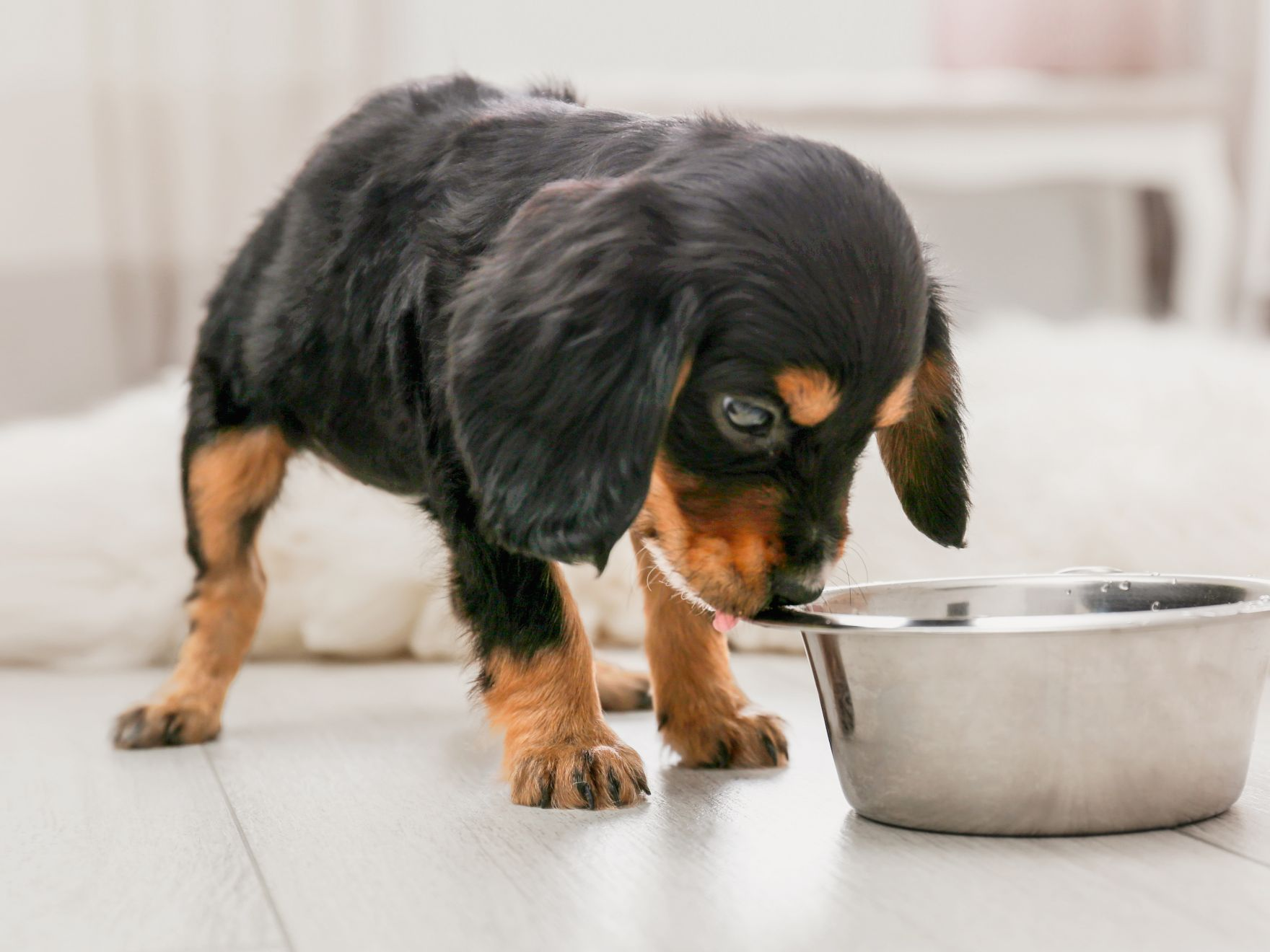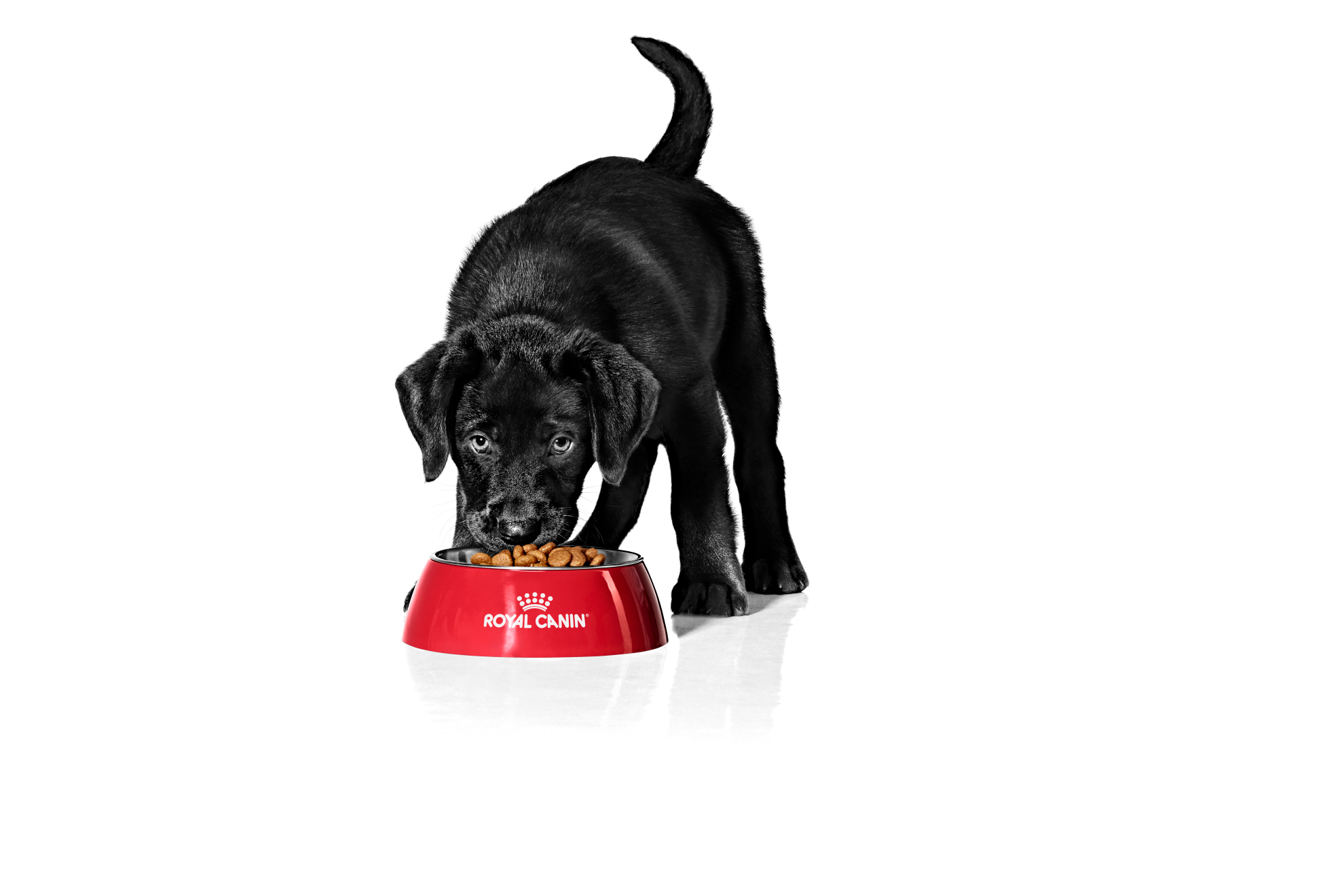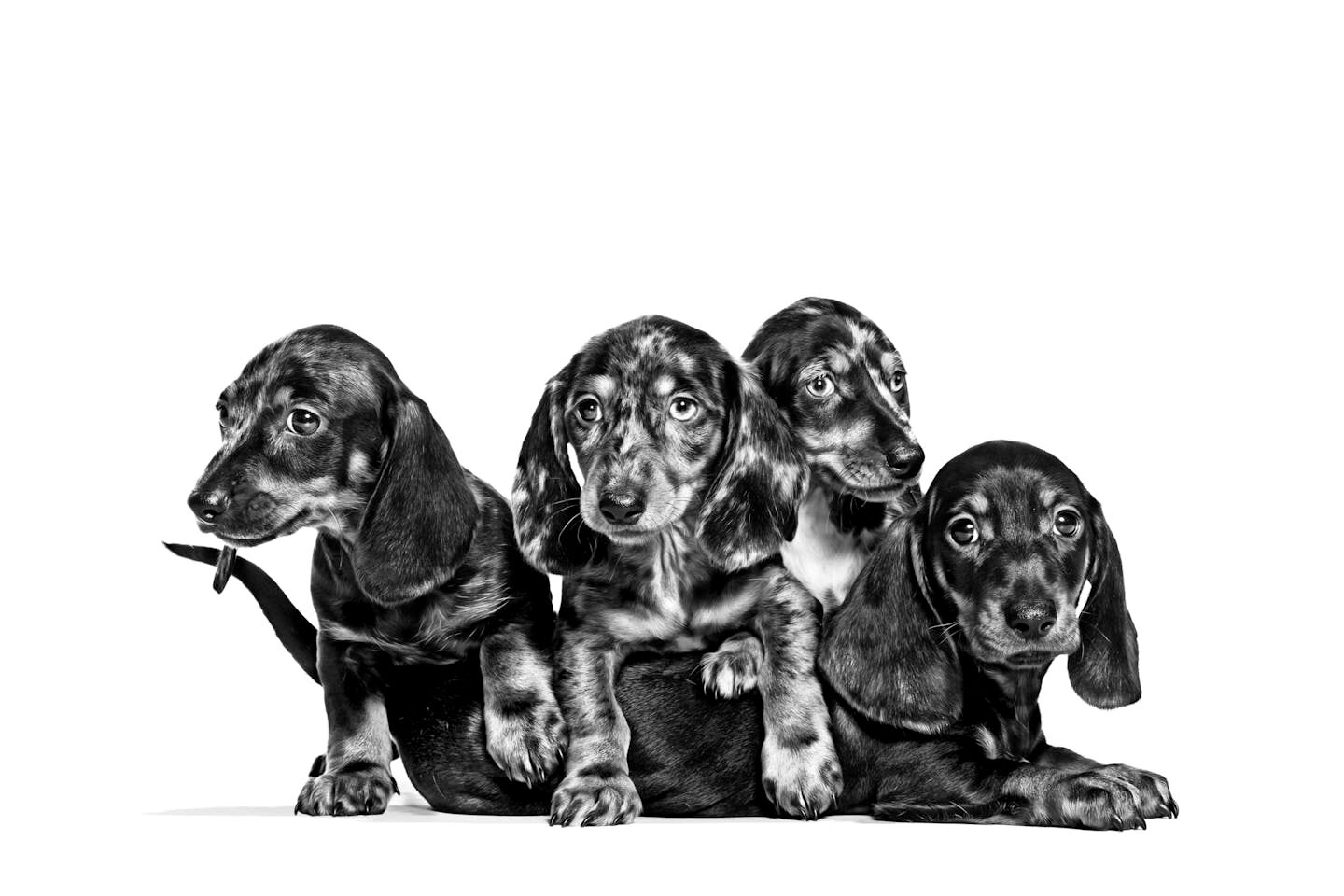Að undirbúa komu hvolpsins þíns
Undirbúningur fyrir hvolpinn
Að gera heimilið öruggt fyrir hvolpinn
Hvernig gera skal garðinn þinn hvolpavænan
1.Passaðu að girðingin sé hvolpheld
2.Fjarlægðu eitraðar plöntur
3.Farðu yfir hvaða áburð þú notar
5.Verkfæri og smáhlutir
Það sem þú þarft að eiga fyrir hvolpinn

Veldu rétta hvolpafæðið
Meltingarkerfi hvolpa er mjög viðkvæmt og skyndilegar breytingar á mataræði geta valdið meltingaróþægindum eða jafnvel gert þá tortryggna gagnvart matnum. Af þessum sökum er best að fóðra hvolpinn með sama mat og fyrri eigandi fyrstu dagana sem hann kemur sér fyrir. Eftir það geturðu smám saman kynnt hann fyrir því hvolpafæði sem þú kýst að nota til að hjálpa honum að vaxa og dafna.
Að bjóða honum upp á rétt mataræði skiptir sköpum fyrir heilsu hvolpsins, vöxt og þroska. Á hverju stigi þarf hann sérstök næringarefni í nákvæmlega réttu magni í takt við stærð viðkomandi hundakyns. Þess vegna mælum við með að velja hágæða hvolpafæði sem miðast við aldur hvolpsins og væntanlega stærð hans við fullorðinsaldur.

Skipt um fóður fyrir hvolpinn

Mikilvægi næringar fyrir hvolpa
Að undirbúa fjölskyldu og önnur gæludýr fyrir komu hvolpsins
Þegar þú kemur með hvolp inn á heimilið er að mörgu að hyggja til að allir séu öruggir og hvolpurinn komi sér auðveldlega fyrir.
Sjáðu bestu leiðina til að kynna hvolpinn þinn fyrir börnum, eldri fjölskyldumeðlimum, gestum og þeim gæludýrum sem fyrir eru.
Hvernig á að finna dýralækni?

Finna dýralækni
